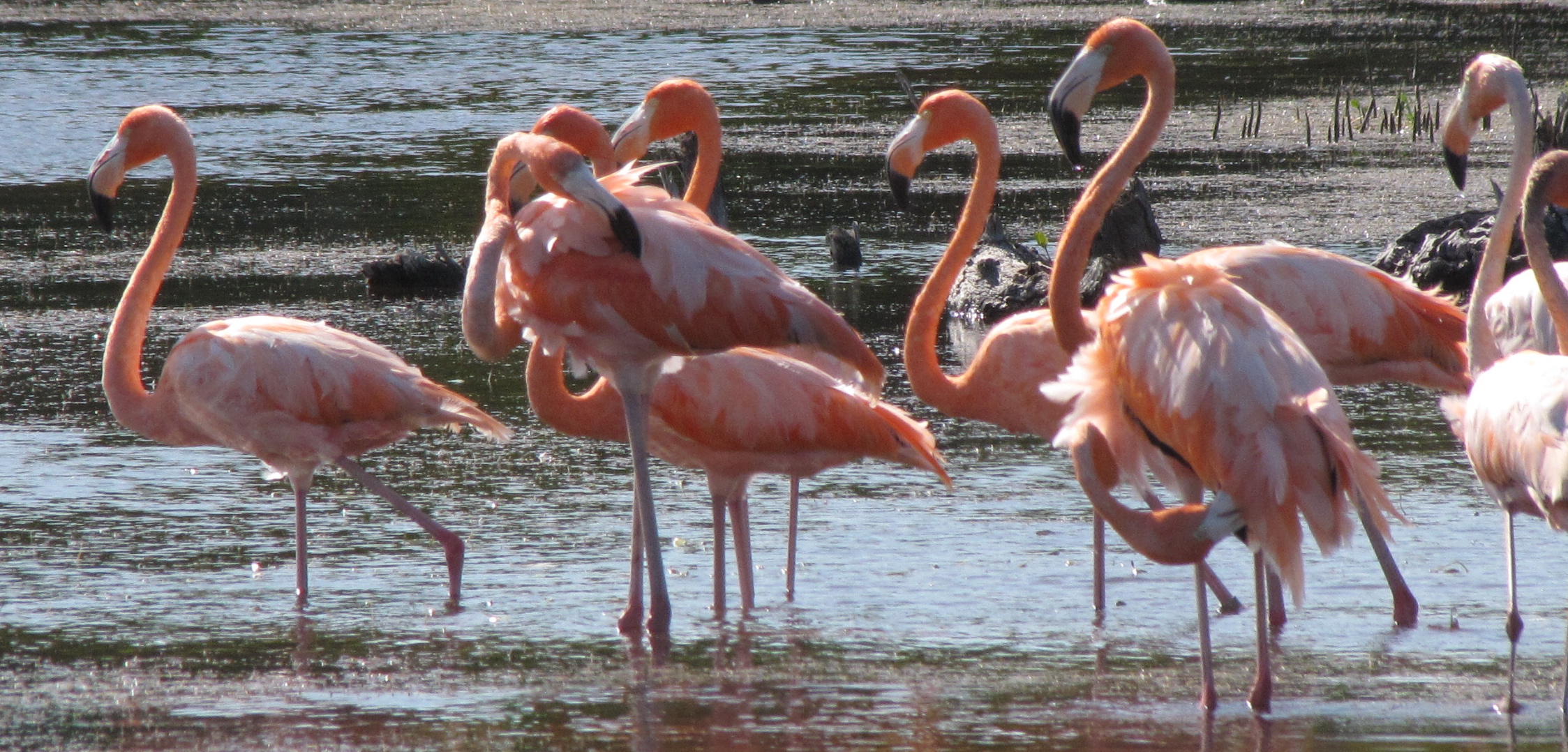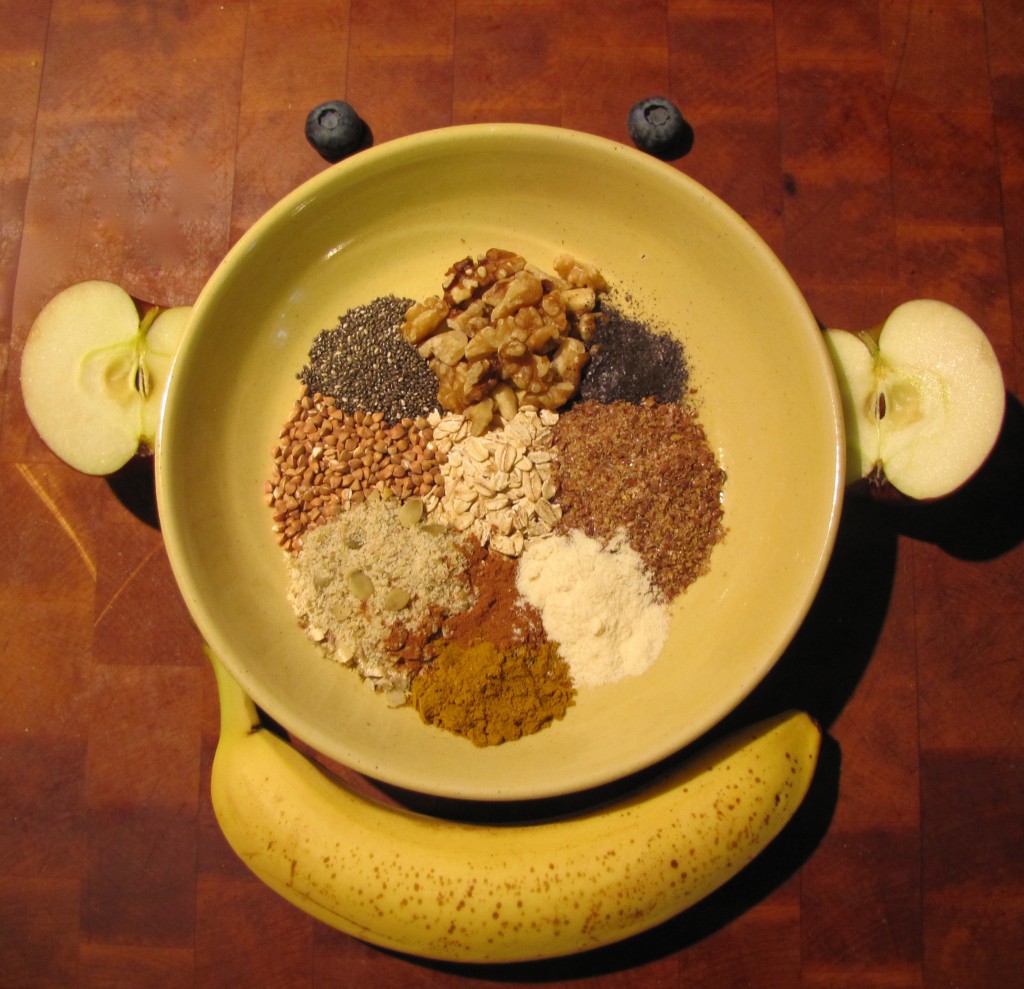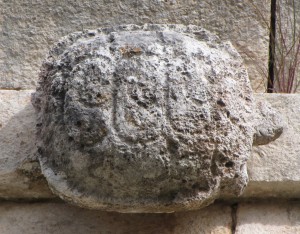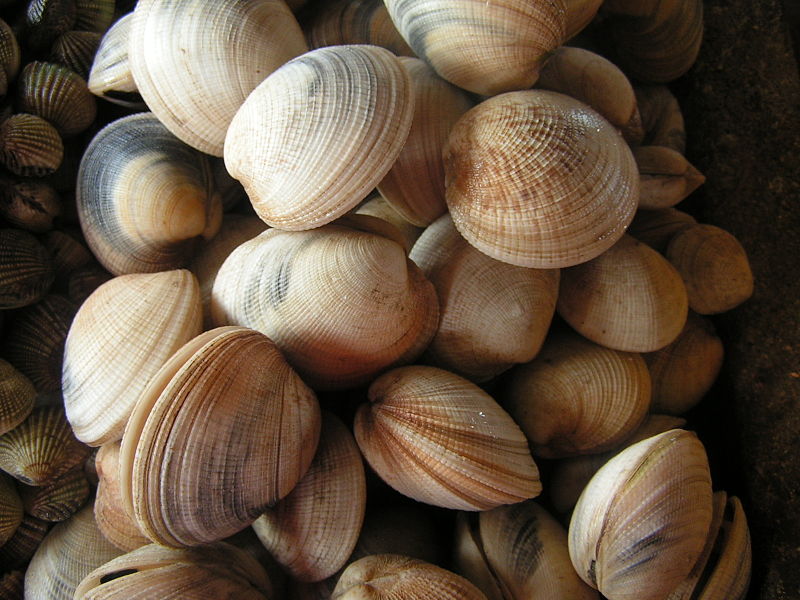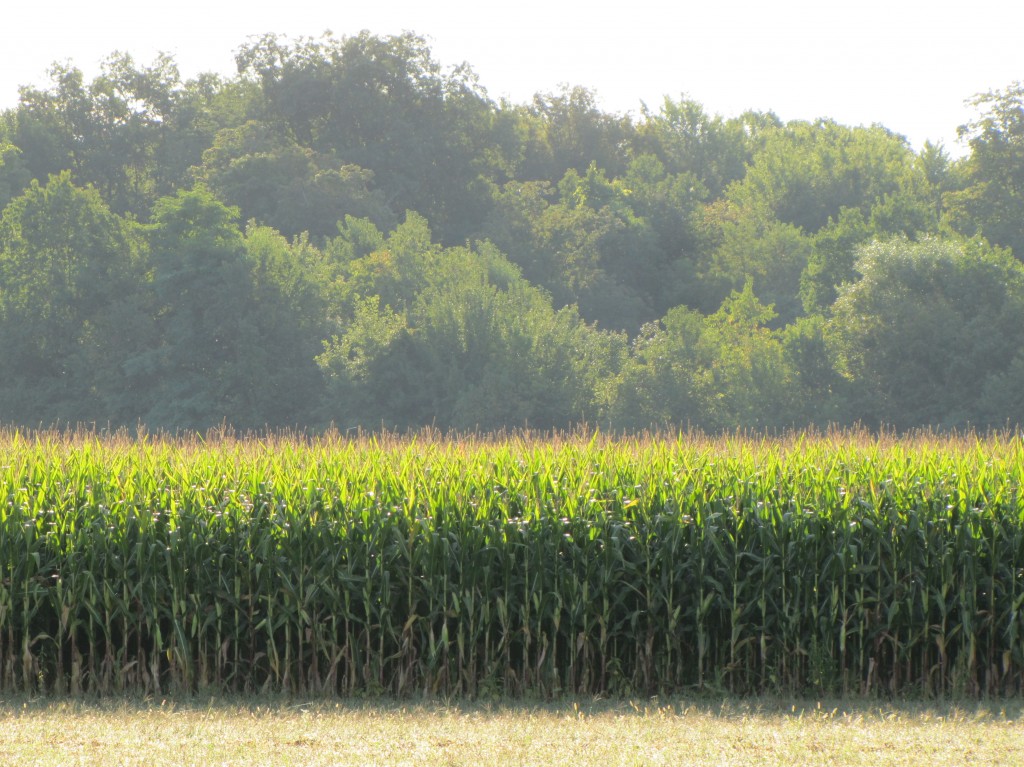First, let me be clear. The banana is there simply to smile back at you – Good morning! Welcome to my table! – it is not part of the breakfast pie. I consume one each morning after having a refreshing cup of organic green tea, which I buy in loose 100-gram packets, directly from Japan, – eating the banana before making pie. (I’ve been eating this breakfast most mornings for several years, but have yet to tire of it; and I weigh about the same I did when I graduated from high school: 155 pounds, +/– 5 pounds, depending on season.
Robert Frost popularized one definition of a Yankee as someone who eats pie for breakfast – but a famous-yet-mysterious person named Anon said it first. <grin> Real pie crust is made with lard (don’t hang up!), and is best followed by vigorous outdoor labor, to keep it from adhering to wasteline or chin. But my recipe is considerably different, easier, and healthier. Up front I will assure you that this pie contains no additional sugar or fat, yet is deeply satisfying, even while having no crust. But can it be pie, without crust? you ask. Taste and see, I say.
Let’s review the ingredients by imagining a clock face which is just a bit shy of numerals. Starting at 12:00, above, we have a small handful of walnuts.
1:00 is a teaspoon of sushi-grade powdered seaweed, which is not a flavor element, but is really beneficial, especially for vegetarians (which I am not) as it is a good source of vitamin B-12. It is also found in fermented veggies such as sauerkraut or kimchi, which will not be useful in this pie! (Skip 2:00)
3:00 is a tablespoon of freshly ground flaxseed meal. Fresh grinding is important, as flaxseeds have a tough shell which tend to pass thru without releasing their omega-3’s; and pre-ground flaxseed meal breaks down quickly, starting ~15 minutes after grinding.
4:00, optional, is powdered whey. It’s said to be a good source of vitamin K, potassium. If you’ve been told to reduce salt the real intention is to adjust the ratio of sodium to potassium. (But don’t boost K with a supplement, absent a prescription, as that can be risky.) More greens and bananas are best, but again, not in pie. (Skip 5:00)
6:00 shows a double spice, which is nice: a teaspoon of yellow curry powder, which contains turmeric; and a teaspoon of cinnamon. (My wife is finding that the curry may be helping her joints.) Get this: a major US drug company patented the medical use of turmeric, but this was overturned in court in a suit brought by the Indian gov’t! (Skip 7:00)
8:00 is freshly ground organic pumpkin seeds, hulls removed by the supplier. These are a staple among Native Americans. We first ate them in Merida, and now also toast them for salads. In this dish I simply grind them raw, dried. Most health food stores carry them, as does the bulk department at our grocery up north, Wegmans. They can be found at the main market in Centro, Merida, and elsewhere, as semilla de calabasa, sin cascara [lit. seeds of squash, without hulls]. Beware. I’ve found small stones in the seeds from the main market, several times.
9:00 is buckwheat groats. Buckwheat supplies an uncommon but essential protein, lysine. (Skip 10:00.)
11:00 brings us almost to the end, with a teaspoon of chia seeds, supplying more omega-3’s. These are too small to grind. If chia is too pricey or unavailable, add more flaxseed meal. In the center, where the clock hands connect, is a great staple: rolled oats, one tablespoon. Rolling or crimping these seeds is necessary to stress the fiber, thus enabling access of digestive juices; but the stressing is done by the vendor. (Quick oats are shredded – best not to use.)
Rock around the clock, in the words of that early rock’n’roll song. Just add some milk, a small apple, chunked but not peeled, and a few blueberries, frozen or fresh. We get them frozen at Costco in Merida, even organic. The fruit makes the dish sufficiently sweet for me. If sweeter is better, consider adding some prune juice to displace some of the milk. I don’t measure liquid for this dish – simply saturate, pop the dish into the microwave for precisely 4:44 which is the most efficient way to key-in ~5 minutes. When done, add a couple dollops of good unsweetened yogurt (1% low fat). If using frozen fruit, add after cooking to speed cooling, blending fruit and yogurt into the mix. Being a Yankee has never been easier! And only one container needs washing.
Here’s what it looks like. Wish I could serve some to you right now. Virtual pie will have to do. <smile> Upcoming: a low-tech way to make truly great espresso.
